
When selecting a grow light for your indoor plants, there are several parameters to consider. Here are some key parameters to look for:

The wattage indicates the power consumption of the grow light. Higher wattage lights generally provide more intense light output, but the wattage should be suitable for the size of your growing space and the light requirements of your plants. FECiDA grow light provide various power options for you. For example, Cruiser Series provide 65W/130W/260W/1040W versions for you.
PPF measures the total amount of photosynthetically active photons emitted by the light source per second. It represents the overall light output of the grow light and its capacity to support plant growth.
PPFD measures the intensity of photosynthetically active photons reaching a specific area per unit of time. It indicates the amount of usable light available for plants at a given distance from the light source. Look for a grow light with sufficient PPFD values for your specific plant species and growth stage. Here is a example of FECiDA CR600 600W PPFD MAP: 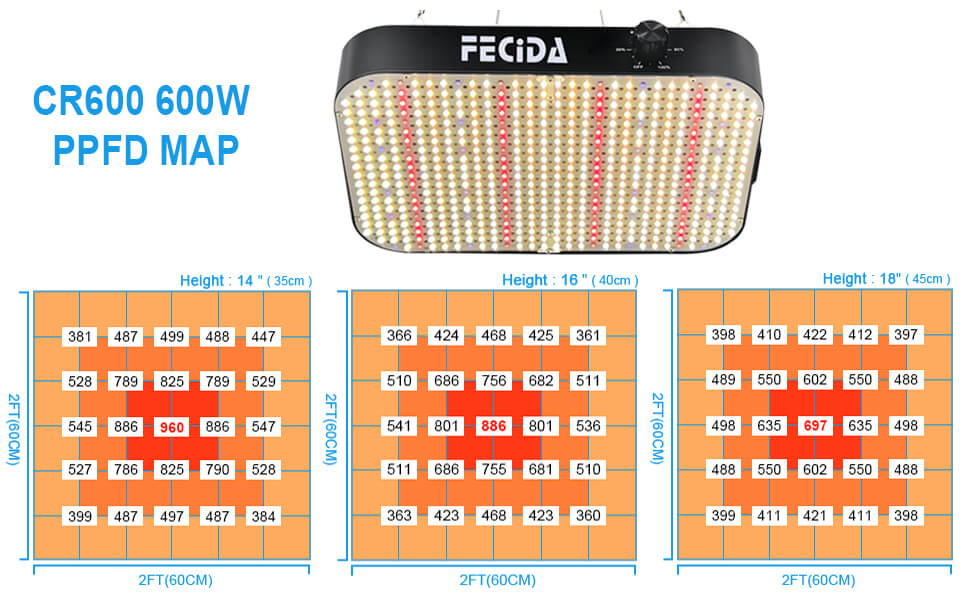
Consider the coverage area of the grow light, which indicates how much space the light can effectively cover with the desired light intensity. Ensure that the coverage area matches the size of your growing space and the number of plants you intend to grow. If you don’t know how to calculate the grow light coverage, please visit here.
Some grow lights offer adjustable settings for light intensity, spectrum, and timing. This flexibility allows you to customize the lighting conditions based on your plants’ specific needs and growth stages. It is quite important for large power grow lights.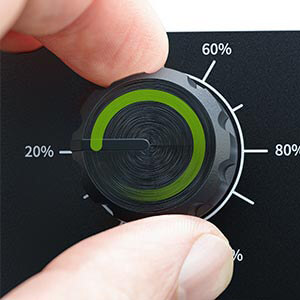
Grow lights can generate heat, so it’s important to choose a light with an efficient cooling system to prevent overheating and ensure the longevity of the light. Here is our FECiDA CR1200 cooling system design.
Consider the expected lifespan of the grow light and check if it comes with a warranty. Opt for lights with a longer lifespan and a reliable warranty to ensure durability and peace of mind.
When selecting a grow light, it’s important to match the parameters to the specific needs of your plants and growing environment. Consider consulting with experienced growers, reading product reviews, and referring to plant-specific guidelines to make an informed decision.

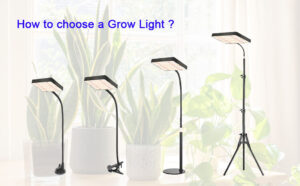
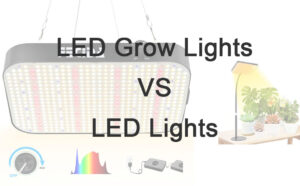
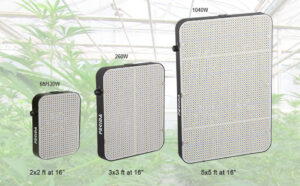
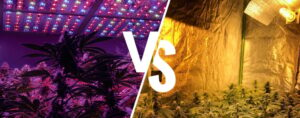
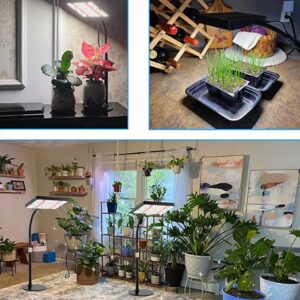
When you place an order in Check Out page, select “Create an account“, system will automatically create an account for you and send the account info to your Email Address.
